In recent years, with the continuous development of China's overall industrial and technological level, industrial robots have become the main production equipment in factories. Bearings are the core components for the flexible operation of industrial robots. Industrial robots have many joints and high flexibility requirements. Therefore, industrial robot bearings must be able to withstand comprehensive loads and have high rotational positioning accuracy. So what are the types of bearings for industrial robots? 0px;">Bearing manufacturer will introduce it to you.
Bearing manufacturer: Types of industrial robot bearings
1. Crossed roller bearings

Bearing manufacturer: Crossed roller bearing is a common type of bearing, also known as crossed roller bearing. Its structure is that cylindrical rollers or tapered rollers are isolated and arranged vertically on the rolling surface of 90 V-grooves. Therefore, crossed roller bearings can withstand loads such as axial loads, radial loads, and moment loads. Among them, thin-walled crossed cylindrical roller bearings have high precision and can reach P4 and P2 levels. The service life is greater than 6000hh and is often used in the arms, shoulders, waist and other positions of industrial robots.
2. Equal-section thin-walled bearings
Bearing manufacturer: Uniform cross-section thin-walled bearings can also be thin-walled annular bearings. Deep groove ball bearings, four-point contact bearings, and angular contact ball bearings are all uniform cross-section thin-walled bearings. The cross-section of such bearings is mostly square. Even if the shaft diameter and bearing hole of the bearing are increased, the cross-section remains unchanged. Uniform cross-section thin-walled bearings are often used in the waist, elbow, wrist and other parts of industrial robots. The accuracy can reach P5 level and the service life is greater than 6000h.
3. Harmonic reducer bearing
Bearing manufacturer: The harmonic reducer mainly adopts a flexible bearing, which relies on the harmonic generator to make the flexible wheel produce controllable elastic deformation, and uses the controllable elasticity of the flexible bearing to transmit motion and power. It has It has the characteristics of compact structure, high motion precision and large transmission ratio. It is currently mainly used for robot joints with small and medium torques. Its precision is mostly P4 and P5. The service life is 6000h.
< p style="box-sizing: border-box; animation-fill-mode: both; padding: 0px; margin-top: 0px; margin-bottom: 0px; list-style-type: none; color: rgb(89, 89 , 89); font-family: "Helvetica Neue", Helvetica, Arial, sans-serif; font-size: 14px; text-wrap: wrap; background-color: rgb(255, 255, 255);"> 4 .Other categories
In addition to these bearing types, such as crossed roller bearings , uniform cross-section thin-walled bearings and harmonic reducer bearings, as well as other different types of industrial robot bearings such as linear bearings and spherical bearings.
Bearing manufacturer: What are the characteristics of robot crossed roller bearings?
< br/>
1. Rotation accuracy
Bearing manufacturer: The internal structure of the cross roller bearing adopts the rollers arranged vertically and crosswise at 90 degrees, and there are spacers or gaskets between the rollers to prevent the inclined rollers from rubbing against each other and prevent the rotational torque from In addition, there will be no square contact or locking of the rollers. At the same time, since the inner and outer rings are split structures and the gap is adjustable, high-precision rotation can be obtained even if preload is applied.
2. Simplified operation and installation
The outer ring or inner ring divided into two parts is installed in the roller and the cage and fixed on the bracket. The installation operation is very simple.
3. Bearing manufacturer: Bear large axial and radial loads. Since the rollers are arranged vertically on the rolling surface of the 90 V-groove through the spacer ring, this design enables the crossed roller bearings to withstand large radial loads, axial loads and moment loads in all directions.
 Thin Section Bearings
Thin Section Bearings Heavy Duty Bearings
Heavy Duty Bearings Slewing Bearing
Slewing Bearing Rolling Element
Rolling Element Thin Section Bearings
Thin Section Bearings Heavy Duty Bearings
Heavy Duty Bearings Slewing Bearing
Slewing Bearing Rolling Element
Rolling Element Thin Section Bearings
Thin Section Bearings Heavy Duty Bearings
Heavy Duty Bearings Slewing Bearing
Slewing Bearing Rolling Element
Rolling Element





